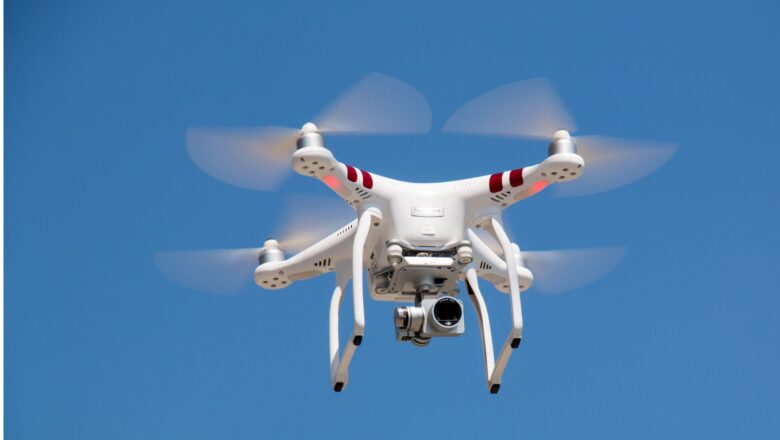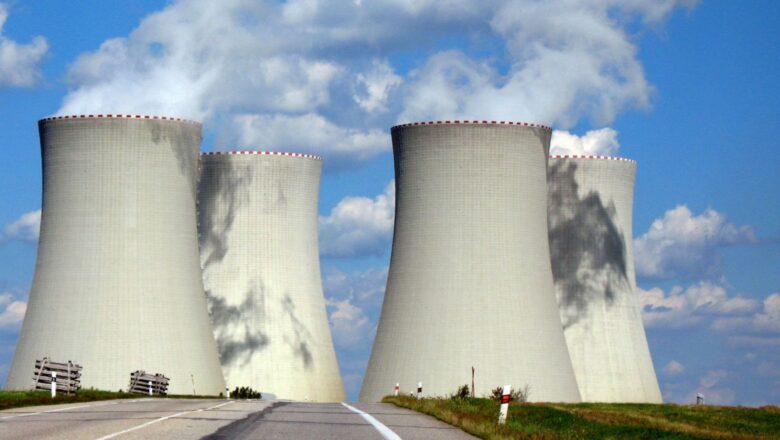
Drones Combat Bushfires Australia’s High-Tech Plan to Tame Flames Before They Rage
On a typical summer evening in Australia, a dry lightning storm rolls across parched bushland. With hot, windy conditions forecast for the next day, a single lightning strike could ignite a catastrophic blaze. But thanks to cutting-edge drone technology, such threats may soon be contained before they escalate.
This innovative vision, outlined in the federal government's latest roadmap, leverages drones to detect and suppress bushfires early. Equipped with thermal detectors and cameras, drones can spot smouldering roots or smoke trails in remote areas, operating tirelessly through the night. Larger drones armed with fire retardants join the effort, slowing flames until human fire crews take over at dawn. The result? What could have become a devastating megablaze is contained to a few hec...









